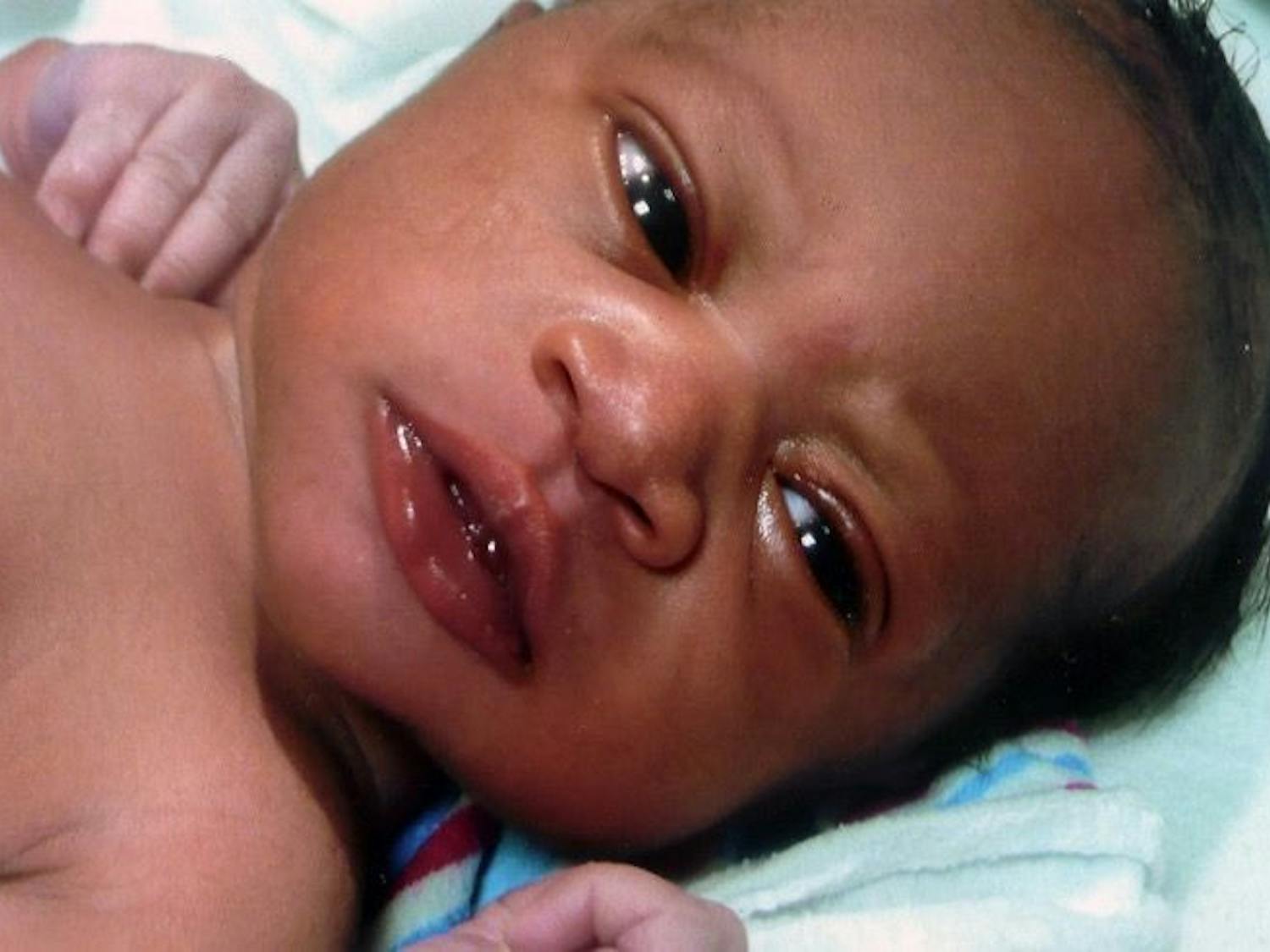While this year's Black History Month highlighted the 50thanniversary of the U.S. Supreme Court's decision declaring publicschool segregation unconstitutional, ensuring diversity in highereducation is still a process most institutions have not mastered aswell as The University of Memphis.
As of fall 2003, The U of M had a student body that was 58percent white, 33 percent black and 9 percent other, making it oneof the most diverse instituitions of higher learning in thecountry.
"Not many schools, other than Historically Black Colleges andUniversities have as diverse a student body as we do," said WilliamAkey, assistant vice provost for enrollment services.
Several factors help The University have a student body thatclosely mirrors its community, said David Wallace, director ofadmissions.
"The most important thing is that we have as part of ourphilosophy a strong commitment to diversity not only in race butgender and other areas as well," Wallace said.
Other factors also make it easier to ensure diversity, includingthe mix of the local community from which The University draws mostof its students and its ability to accept all qualifiedstudents.
"As long as a student meets the requirements they will getaccepted," Akey said.
The policy of not turning away qualified students is based onThe University's ability, to adequately teach them," Wallacesaid.
"So far, even with budget cuts, we have been creative enough tocome up with ways to keep accepting students, unlike MiddleTennessee State University," Wallace said.
Some prominent universities are expecting significantly lessdiverse freshman classes this fall.
As a result of having its undergraduate affirmative actionpolicy struck down by the Supreme Court last year, the Universityof Michigan scrapped its race-based point system, incorporating awriting sample into its admission requirements that included anessay and short-answer questions.
In February, Michigan reported that it expects to admit 30percent fewer African American, Hispanic and Native Americanfreshmen in the fall.
Of 5,333 freshmen entering Michigan last year, 410 were AfricanAmerican, 255 were Hispanic and 38 were Native American.
In the wake of the court's decision, Ohio State University andthe University of Massachusetts at Amherst each eliminated apoints-for-race factor in its admissions policy in favor of essays.And each reported significant drops in minority applications forthis fall.
University of Michigan officials say the new writingrequirements likely contributed to the decrease in minorityapplications.
Some potential applicants may feel that they weren't prepared inthe area of writing by their high schools, said Barbara Beckis, Uof M Education Support Program coordinator.
"The writing skills students need to graduate high school andthe writing skills they are expected to have when they get here areoften not the same," Bekis said. "Our faculty often report ofhaving students that just weren't prepared for collegewriting."
Calvin Boyland, sophomore accounting major, said he doesn't seethe need for a school to request writing samples on top of highschool grades and SAT scores.
"How can it help you? It can't, but it can be used to excludeyou. If a student can afford the tuition, they should be accepted,"Boyland said.
The prospect of having to write an essay as part of anadmissions process was viewed positively by senior biology major,Geralynn Williams.
'It's an opportunity to sell yourself, to get your foot in thedoor by letting them know who you are," Williams said.
Lonnie Latham, minority affairs associate dean of students, saidinstitutions that lack diversity are missing a very importanteducational element.
Diverse student bodies help prepare students to deal with peoplethat may not look, talk, walk or act like them, and in a globalsociety that is an essential feature to have, Latham said.



